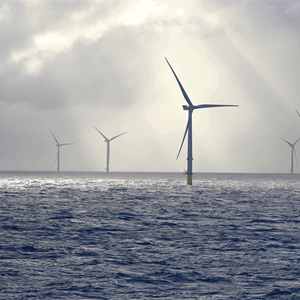Contrail avoidance is a ‘simple and cheap’ way for aviation to reduce its climate impact
Climate-damaging emissions from aircraft jet engines could be tackled for less than £4 a flight, a new study by campaign group Transport & Environment (T&E) says. Contrails, or vapour trails, are line-shaped clouds produced by aircraft engine exhaust or changes in air pressure, typically at aircraft cruising altitudes several kilometres above the Earth’s surface. While the exact warming effect of contrails is uncertain, it is believed to be greater than warming caused by aviation’s CO2 emissions. A study published by T&E finds that with only 3% of flights generating 80% of contrail warming, a ‘quick fix’ lies in tweaking the flight paths of these aircraft. Rerouting this small amount of flights could reduce global contrail warming by more than half by 2040, the study says. It also estimates…























